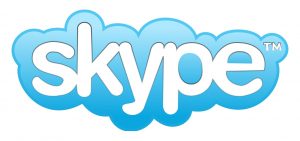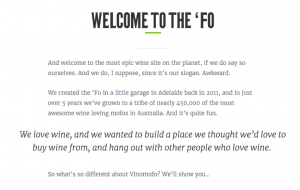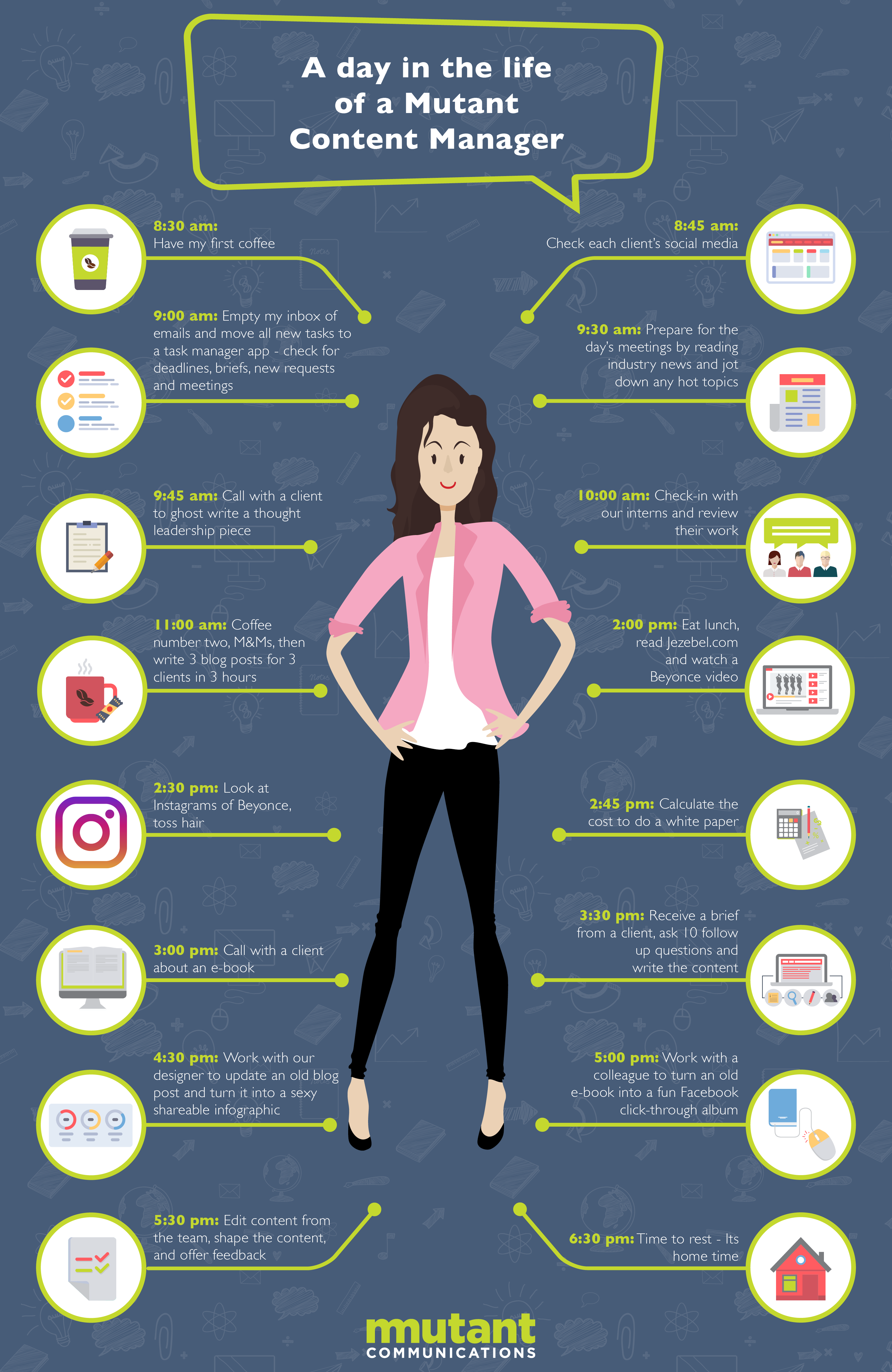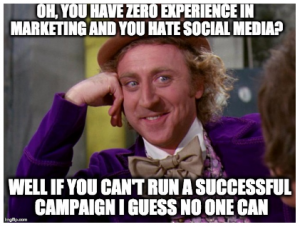Whilst almost everyone can grasp the basics of marketing, what does it take to really shine?
The overarching goal for most businesses is to expand and grow, though when it comes to marketing, too often there is a shortage of time and resources to figure out the most effective digital, transactional, and diverse strategies. Sure, you can try do it all yourself but that could lead to poor quality, potentially harming your business. And what a waste of your productive time and money that would be!
Hiring an agency to give you a hand is no longer exclusive to bigger shops, in fact, it is a lot more common than you think for small to medium size businesses to call in some experts to give them the boost they are looking for.
First and foremost, you get a VIP pass to expert industry knowledge. The benefits are immediate. A great marketing agency is not only up to scratch with marketing technologies and how to make them work for you, they also have the experience of doing it for others. This could give you the edge you need and saves you scrambling to play catch-up with competitors.
Secondly, putting your marketing in the hands of specialists, means your marketing won’t suffer due to staffing issues. Consistency is key when it comes to successful marketing, especially online – if not, Google will notice flows in your content production. Nowadays, all it takes is for your in-house marketer to go on holiday or have a sick day to affect the smooth running of your output. Outsourcing simply keeps the consistency despite what may be happening in the office. All the while, you get to focus on what your business does best. Working with the right agency not only means being up to date with latest technologies, it also helps to know where your target audience is and what systems are best suited to tap into them. All you need to do is sit back and watch your market grow with the trust that this is being done for you.
Outside knowledge from working with an agency can bring you and your business numerous benefits that you may not have considered; fresh eyes, new ideas, industry expertise and technology know-how. Skype, for example, used a team of developers in Estonia to build out their business when they first got started in 2003, leading to a buy out with Microsoft in 2011 for $8.3 billion USD. Slack is another company that has seen great success outsourcing design in its early days.

Sound good? But where do you start. Choosing the right agency for your business can be mind boggling and full of people trying to sell you something without your objectives in mind. Find an agency that understands your brand and is willing to take the time to work out the best strategy for your business.
If you want to discuss your business potential, big or small, drop us a message at [email protected]









